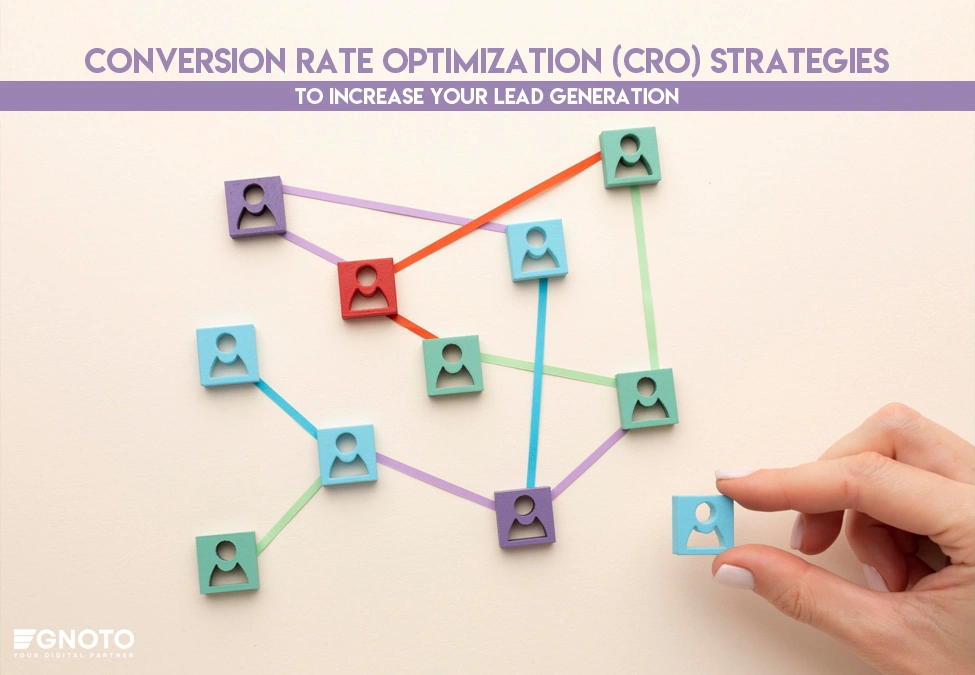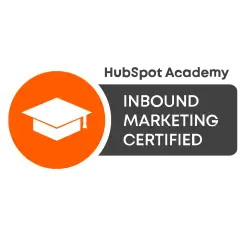Generating leads is essential for business growth, but capturing traffic is only part of the equation. The real challenge lies in converting visitors into potential customers. Conversion Rate Optimization (CRO) focuses on enhancing website performance to increase the percentage of users who take the desired action. Whether it’s signing up for a newsletter, requesting a demo, or completing a purchase, optimizing conversion rates directly impacts revenue and business success. In this guide, we’ll explore effective CRO strategies to help you maximize lead generation.
Understanding Conversion Rate Optimization (CRO)
CRO is a systematic process aimed at improving website elements to encourage users to take specific actions. Instead of increasing traffic, CRO works on making existing traffic more valuable by refining user experience (UX), optimizing content, and implementing strategic design improvements.
1. Improve Website Load Speed
Website speed plays a critical role in user experience and conversion rates. Slow-loading pages lead to higher bounce rates and lost opportunities.
How to Optimize Page Speed:
- Use a reliable web hosting service with fast server response times.
- Optimize images and videos for quicker loading without sacrificing quality.
- Enable browser caching and minimize HTTP requests.
- Implement Content Delivery Networks (CDNs) for faster global accessibility.
2. Create Compelling and Clear Call-to-Actions (CTAs)
A well-designed CTA guides users toward the next step in their journey, making it crucial to lead generation efforts.
CTA Optimization Tips:
- Use action-driven and benefit-focused language (e.g., “Get Your Free Quote” instead of “Submit”).
- Place CTAs above the fold and within scrolling areas to capture attention.
- Experiment with contrasting colors to make CTAs stand out.
- A/B test different CTA formats, including buttons, pop-ups, and in-text links.
3. Optimize Landing Pages for Higher Conversions
Landing pages serve as dedicated entry points for specific marketing campaigns. They should be designed to match user expectations and drive conversions.
Best Practices for Landing Pages:
- Keep content focused on a single objective (one CTA per page).
- Use persuasive headlines and benefit-driven copy.
- Reduce distractions by eliminating unnecessary links and navigation menus.
- Incorporate trust elements such as customer testimonials, case studies, and security badges.
4. Leverage A/B Testing to Identify What Works
A/B testing (split testing) compares two versions of a webpage, email, or ad to determine which one performs better.
A/B Testing Best Practices:
- Test one element at a time (e.g., headline, CTA, color scheme, form length).
- Use data-driven insights from analytics to prioritize tests.
- Continuously monitor results and iterate based on performance trends.
5. Use Exit-Intent Popups to Capture Leads
Exit-intent popups detect when users are about to leave your website and present an enticing offer to retain them.
How to Make Exit-Intent Popups Effective:
- Offer exclusive discounts, free resources, or lead magnets (eBooks, webinars, etc.).
- Keep the message concise and visually appealing.
- Use compelling copy that encourages users to reconsider leaving.
6. Optimize Forms for Simplicity and Usability
Lengthy or complex forms deter users from completing the lead submission process. Simplifying forms increases the likelihood of conversions.
Form Optimization Tips:
- Reduce the number of required fields to only essential information.
- Use smart forms that auto-fill data where possible.
- Implement multi-step forms for a more interactive experience.
- Provide real-time error validation to prevent user frustration.
7. Personalize the User Experience
Users respond better to personalized experiences that cater to their interests and behaviours.
Strategies for Personalization:
- Use dynamic content to display relevant offers based on user behavior.
- Implement chatbots or live chat for real-time assistance.
- Segment email lists to deliver personalized follow-ups.
- Recommend products or services based on past interactions.
8. Build Trust Through Social Proof
Social proof reinforces credibility and persuades visitors that others have benefited from your offerings.
Types of Social Proof:
- Customer testimonials and reviews.
- Case studies showcasing successful client results.
- Trust badges from reputable organizations.
- Social media follower counts and user-generated content.
9. Use Heatmaps and Analytics for Data-Driven Decisions
Analyzing user behavior helps identify friction points and optimize website performance.
How to Utilize Heatmaps:
- Identify areas where users click, scroll, or abandon pages.
- Improve underperforming sections based on engagement data.
- Optimize page layout to enhance navigation and CTA visibility.
10. Implement Retargeting Campaigns
Many visitors won’t convert on their first visit. Retargeting keeps your brand in front of potential leads, increasing the chances of conversion.
Retargeting Best Practices:
- Use segmented retargeting ads for different stages of the funnel.
- Offer exclusive deals or personalized messages.
- Retarget users through email marketing and paid ads (Google Ads, Facebook Ads, etc.).
Final Thoughts
Conversion Rate Optimization is a crucial component of lead generation, focusing on improving the effectiveness of existing traffic. By optimizing website speed, refining CTAs, personalizing user experiences, leveraging social proof, and continuously analyzing performance, businesses can significantly increase their lead generation efforts. Implement these CRO strategies to turn more visitors into loyal customers and maximize your marketing investment.










